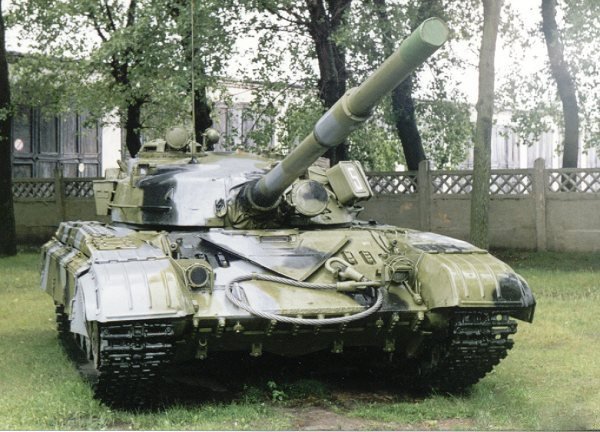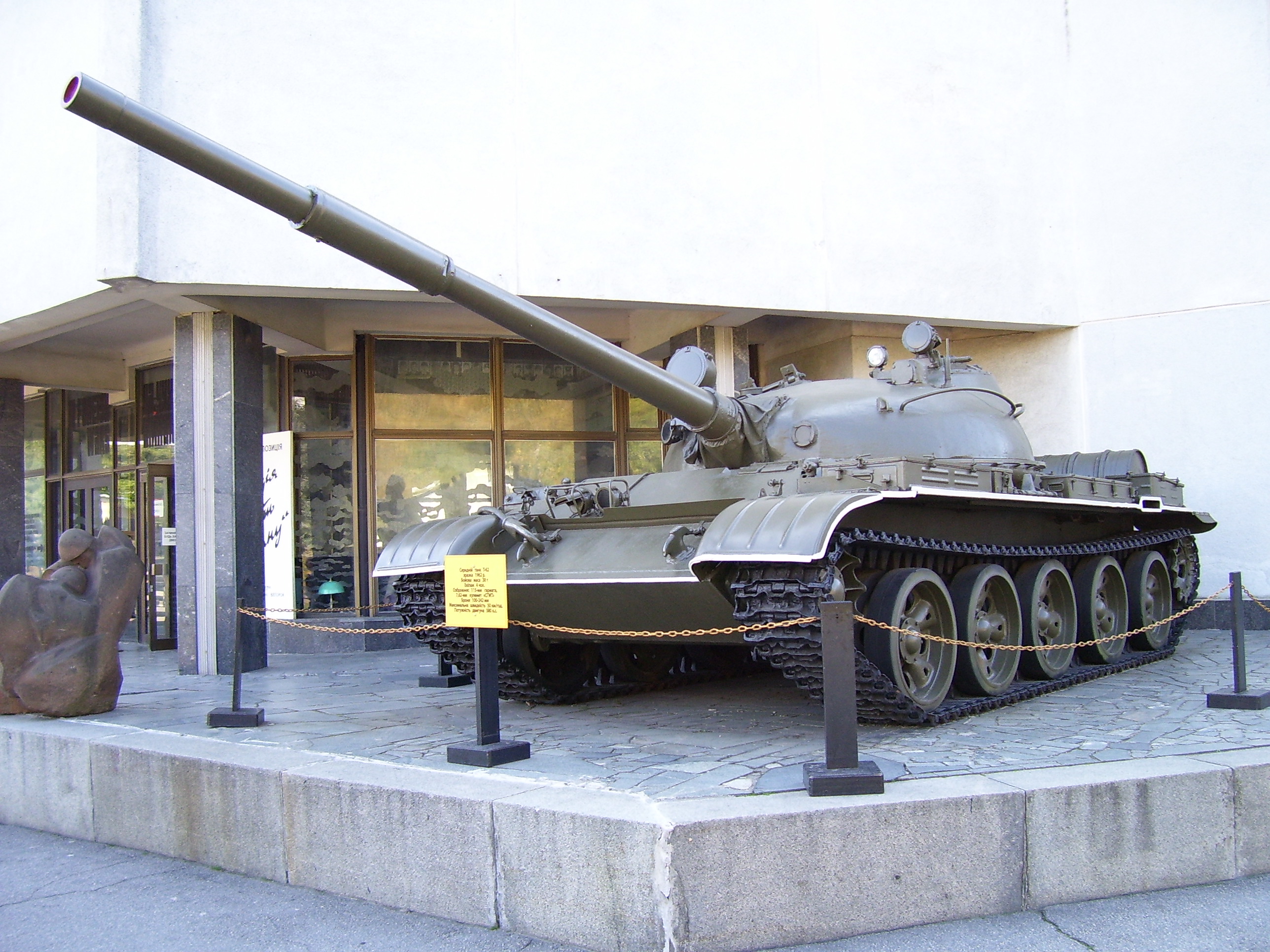The Soviet T-64 MBT
The T-64 was a Soviet MBT that was introduced in 1963. It came into existence only 2 years after its predecessor the T-62. New tanks are usually introduced shortly after the introduction of older models for two reasons. The first reason could be that the older tank has proven to be so terrible that a new one must be introduced to compensate for older one’s poor qualities or to totally replace it. The second reason could be the introduction of a new vital feature that cannot be incorporated in the older model that a new model must be introduced to include the new feature. In the case of the T-64, both reasons were behind its introduction.
Though the T-62 introduced new features such as improved armor and a smooth bore gun, it never enjoyed the anticipated success for numerous reasons. First, the T-62 was more than twice as expensive as the T-55, and many Warsaw Pact nations passed on the new tank because they did not feel that the improvements inherent in it warranted the cost. Secondly, in 1968, a 100 mm HVAPDS tank shell capable of piercing Western armor was developed. Use of this ammo made the T-55 gun almost as effective as the T-62s, undercutting the T-62's original selling point: a bigger, more powerful gun. Third, the T-62 was almost immediately rendered obsolete upon its introduction by new Western tanks like the Chieftain, Leopard 1 and M60, and it became depressingly clear to the Soviets that work had to begin on an even newer main battle tank to keep pace, even though the T-62 was brand new. Finally, the T-62 was slow and could not keep up with the new Soviet BMP, the principal infantry fighting vehicle which the T-62 was supposed to accompany. All of these factors combined to ensure that the T-62 enjoyed relatively low commercial success, and only briefly served in first line Soviet units before being relegated to training, to reserve status, or being exported to Third World clients.
In addition to the reasons mentioned previously, the T-62 also suffered from the following limitations:
- A cramped crew compartment,
- Crude gun control equipment (on most early models),
- Limited depression of the main gun,
- Vulnerable fuel and ammunition storage areas,
- The automatic spent-cartridge ejection system caused dangerous accumulations of carbon monoxide and actual physical injury to the crew from spent cartridge cases ricocheting against the edge of a poorly aligned ejection port and rebounding into the crew compartment. Crew members often suffered blunt force injuries and burns from ejected cases bouncing around the interior of the tank,
- Opening the ejection port under NBC (nuclear, biological, or chemical) conditions would expose the crew to contamination,
- Each time the gun was fired, the tube went into détente for cartridge ejection; the power traverse of the turret was inoperable during ejection and reloading operations. Since manual elevation and traverse were rather slow and not effective for tracking a moving target, rapid fire and second-hit capabilities were limited,
- The turret could not be traversed with the driver's hatch open,
- Although the tank commander may override the gunner and traverse the turret, he could not fire the main gun from his position. He was also unable to override the gunner in elevation of the main gun, causing target acquisition problems.
- To fire the 12.7 mm antiaircraft heavy machine gun, the loader must be partially exposed, making him vulnerable to suppressive fire, and he must leave his main gun loading duties unattended.
It was obvious after all of the limitations mentioned that the design and production of a new tank had to be on the way if the Soviet Union and the Warsaw-pact nations were to have any chance of countering the west’s latest tanks.
The T-64A was the Soviet Union’s answer. It featured a brand new and very powerful 125 mm D-81T gun with an automatic loader (thus reducing the tank’s crew into 3). The 6ETs10 auto-loader had 28 rounds and could fire 8 shots per minute; the stabilizer, a 2E23, was coupled to the new TPD-2-1 (1G15-1) sight. Night driving was also adapted with the new TPN-1-43A periscope which would benefit from the illumination of a powerful infrared L2G projector, fitted on the left side of the gun. The shielding was improved, with fiberglass replacing the aluminum alloy in the armor, and small spring-mounted plates fitted along the mudguards (known as the Gill skirt), to cover the top of the suspension and the side tanks. Some small storage spaces were created along the turret, with a compartment on the right and three boxes on the front left. Snorkels were mounted on the rear of the turret. A NBC protection system was fitted and the hatches were widened.
The Soviets did not stop there. More improvements and upgrades were made to the T-64 to enhance its combat capabilities and performance. The production of this tank ended in 1987 for all versions. The total production has reached almost 13,000.
The T-64 design was further developed as the gas turbine-powered T-80 main battle tank. The turret of the T-64B would be used in the improved T-80U and T-80UD, and an advanced version of its diesel engine would power T-80UD and T-84 tanks built in Ukraine.
The T-64 would be used only by the Soviet Army and never exported, unlike the T-54/55. It was superior to these tanks in most qualitative terms, until the introduction of the T-72B model in 1985. With the break-up of the Soviet Union in 1991, T-64 tanks remained in the arsenals of constituent republics. Currently, slightly fewer than 2,000 of the old Soviet inventory of T-64 tanks are in service with the military of Ukraine and about 4,000 remain in service with the Russian Ground Forces.
Reference: Wikipedia
Regarding die cast models, I own an Altaya 1:72 model of the T-62. This version of the T-62 is the one used by the Egyptian Army. I also own a Fabbri 1:72 model of the T-64. Pictures of both models are below.
Tags:
Replies to This Discussion
Recent Visitors to the site!
© 2025 Created by Matt Whisenant.
Powered by
![]()




